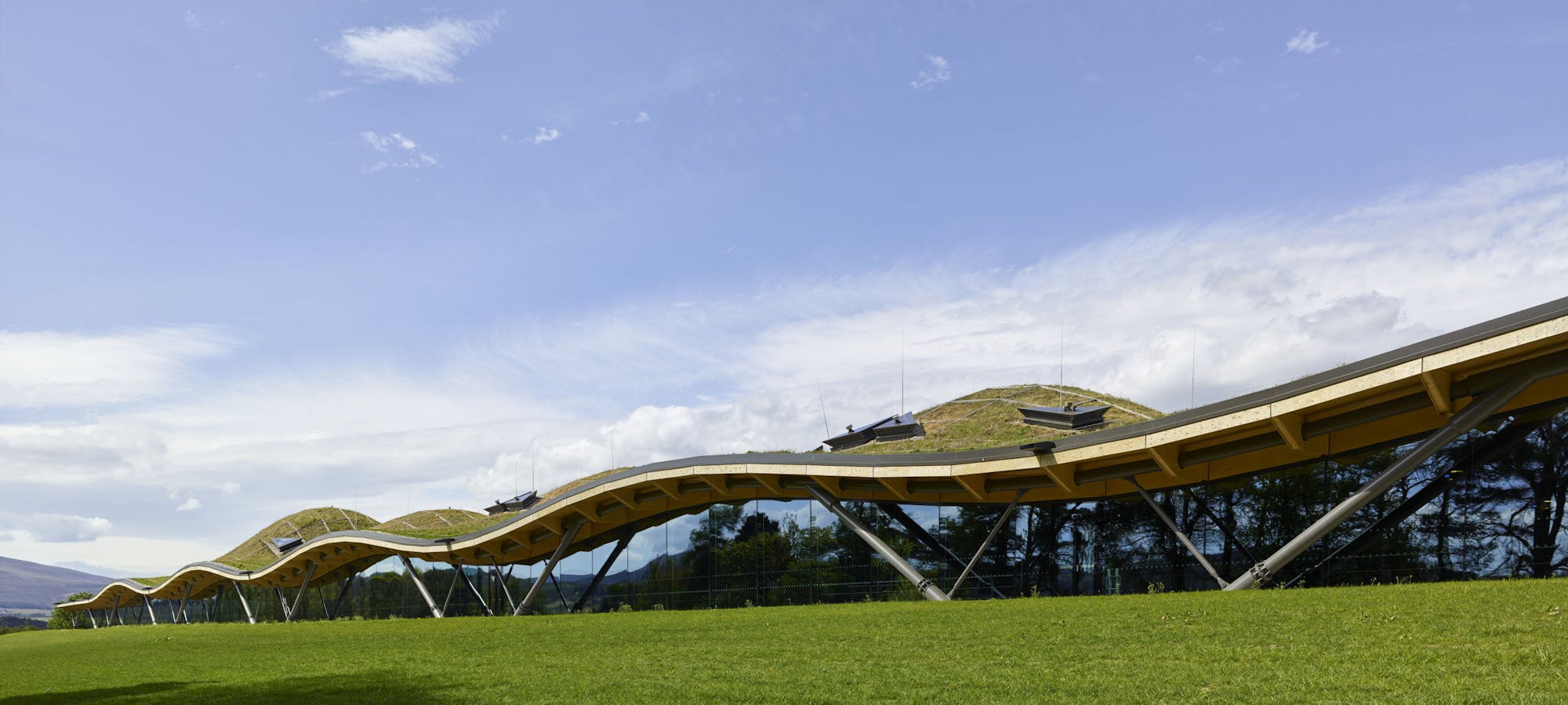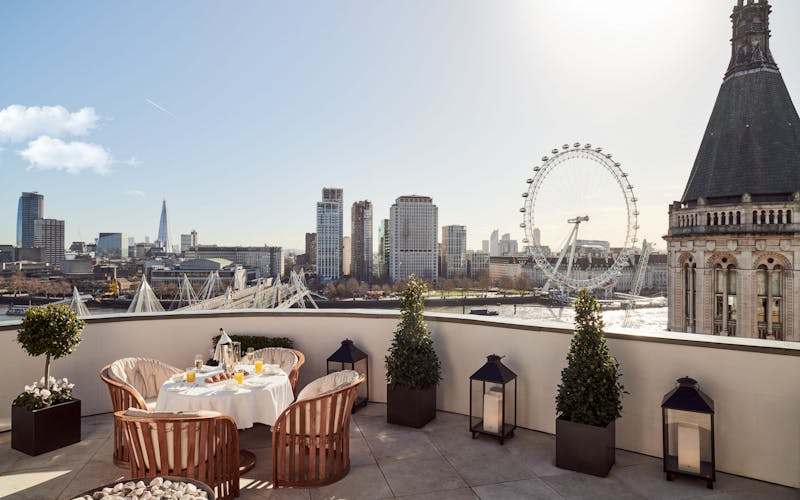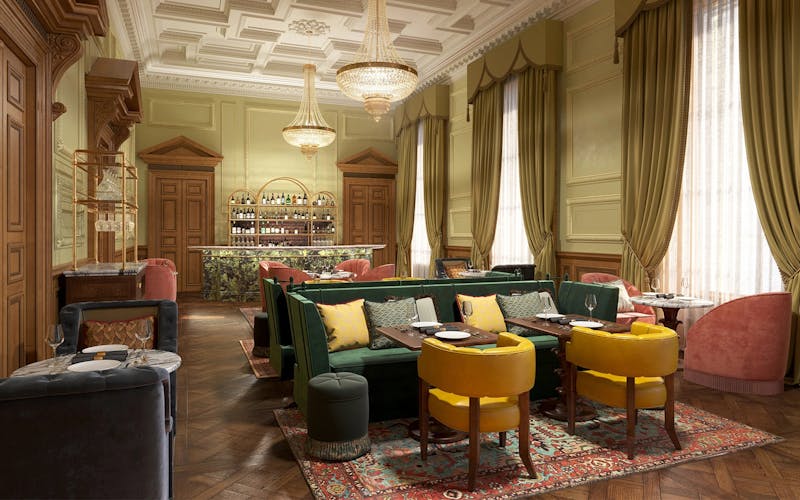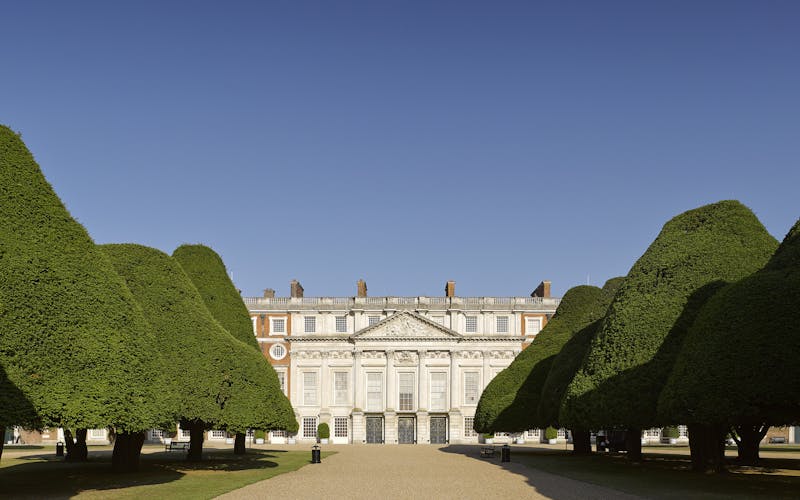
The UK and continental Europe is the unrivalled home of global luxury: its combination of history, culture, hospitality and retail has long held an appeal for affluent international visitors. Whether they are visiting world-famous museums and galleries, dining at Michelin-starred or local restaurants, attending art fairs or fashion shows, enjoying the countryside, relaxing at coastal locations or shopping in European capitals such as London, Paris, Madrid, Rome, Berlin and Stockholm, Europe is their number one destination.
According to a first-of-its-kind report, produced by management consultancy Bain & Co for the European Cultural & Creative Industries Alliance (ECCIA), the value of high-end tourism was €130bn-€170bn (£106- £139bn) in 2019 or nearly a quarter (22%) of the whole European tourism market. The report, High-End Tourism: A Driver For Europe, measures the scale of European tourism, the value of the high-end segment, their spending habits and motivations for visiting certain countries, the key drivers of tourism and the associated ‘halo’ effects. The report covers the impact of Covid, the potential for recovery, plus recommendations to help the sector reach its full potential. Importantly, the report provides a deep-dive analysis into the five main countries – France, Germany, Italy, Spain & the UK – which alone account for nearly 75% of the whole high-end tourism market.
The following pages are a short summary of the Bain & Co report, produced by Walpole, to share the highlights of the key findings at a European level for context and the impact of high-end tourism in the UK. The full European ECCIA report will be published over the summer.
Read the report by clicking the link at the bottom of this article.
The UK and continental Europe accounts for more than half of international arrivals worldwide, making it the number one tourist destination globally. Tourism is also responsible for 4% of European GDP. Before the pandemic, the direct economic impact of the whole tourism industry across the UK and continental Europe was estimated at €575bn-€725bn rising to €1tn if indirect contribution is included. The industry is also a major employer across Europe, being directly responsible for 12 million jobs which rises to 22m when indirect employment is included.
Europe holds a particular appeal for high-end visitors, who have long been drawn to its lifestyle, history, culture, food, cities and countryside, brands, shopping experiences and world-famous events. In 2019 alone, high-end tourism accounted for €130bn - €170bn of the overall economic value of tourism to the European economy: equivalent to nearly a quarter (22%) of the whole tourism market. (see figure 1)
When high-end visitors travel to Europe, their spend is typically divided between four main areas: culture, In pre-pandemic Europe, tourism created €575bn - €725bn (£490bn-£618bn) of economic impact entertainment and shopping (50%); accommodation (30%); dining (15%) and transport (5%) – clearly showing the virtuous circle and ecosystem that exists within the tourism industry.
The ‘halo effects’ or spillovers associated with wealthy international visitors in Europe are extremely high. The total spend per day of a high-end tourist is eight times greater than average tourists, with the financial benefits rippling through to the wider economy. (see figure 2)
When looking specifically at the UK, the economic value created by tourists (both domestic and international) amounts to £68bn-£85bn (€80bn - €100bn) with high-end tourism alone accounting for £25bn-£30bn (€30bn - €35bn) of that total, around a third of total spend (figure 3). It’s a figure which demonstrates the huge value that high-spending international travellers had prior to the pandemic.
This statistic becomes even more symbolic when looking at the five leading tourist destinations in Europe. Pre-Covid, the UK had the largest market by value of high-end visitors in any individual country across continental Europe (see figure 4).
The economic impact of high-end travellers in the UK is also high. These affluent visitors spend £1,600 - £1,695 per day in the UK, which is 14x higher than other tourists, providing further evidence of their importance to the wider economy and value in supporting the post-pandemic recovery. They spend 18x more on culture, entertainment and shopping and in the case of accommodation, 20x more than average tourists (see figure 5).
In fact, high-end tourists support the whole tourism ecosystem when visiting the UK – with 53% of highend expenditure spent on culture, entertainment and shopping, 30% on accommodation and 14% on dining (see figure 6).
There are manifold reasons why the UK holds a special place in the hearts and minds of these wealthy guests. The ‘soft power’ of British culture holds a significant sway. Some tourists want to experience the ‘British way of life’; others to experience the country’s outstanding theatres and museums. For many the presence of luxury brands and shopping is a major draw. Many also visit specifically to attend world-famous events such as Wimbledon, London Fashion Week, the London Marathon, the Boat Race, Edinburgh Festival, the Proms, Bath Festival, Glyndebourne, Glastonbury and Frieze Art Fair. The international prominence of British popular music, art, TV and film strongly resonates with younger generations across the globe, many of whom flock to the UK to experience the country’s vibrant youth culture. Culinary tourism is also on the rise with inbound high-end visitors (43% describe gastronomy as a ‘preferred experience’) eager to sample some of the UK’s 184 Michelin-starred restaurants or tour whisky distilleries in Scotland. Significant numbers of wealthy visitors also stay in the UK due to it being an epicentre for global business, as well as hosting some of the top educational institutions in the world. The UK is also perceived to be a ‘safe’ destination compared with some of its European neighbours (see below).
Much of high-end tourism spend is concentrated in London; the capital is home to 17 out of 25 of the most visited attractions, and houses over 40% of the UK’s luxury hotels. Their spend and its associated impact also spreads across the whole country. In Scotland, for example, distilleries such as The Macallan have invested heavily in their visitor experience, while Scottish golf courses remain a major attraction for visitors from the US and Asia. Meanwhile, Edinburgh attracts wealthy guests from across the globe, both for its annual Festival Fringe and Hogmanay celebrations. Oxfordshire features heavily on the itineraries of the UK’s annual 883,000 Chinese tourists, who stock up on brand names at the boutiques of Bicester Village, often visiting villages such as Kidlington to sample ‘typical’ British rural life en route. Asian tourists – particularly from Japan – also visit Staffordshire in high numbers, keen to view the World of Wedgwood’s stunning ceramics.
Another facet of the UK’s high-end tourism landscape is its high-profile sporting occasions such as Wimbledon and horse racing at Ascot, Cheltenham, and Goodwood. The increasing global popularity of Premier League football also attracts visitors who wish to experience a football match at Old Trafford or Anfield, or a rugby international at either Twickenham, Murrayfield in Edinburgh or the Principality Stadium in Cardiff.
Such sporting events play a huge role in dispersing high-end tourism across the UK. For example, a highend visitor attending a football game in Manchester will most likely stay overnight or spend a weekend in the city exploring local attractions. As such, it can generate a ‘halo effect’ that boosts other local businesses in northwest England.
The economic impact of high-end tourism only tells half of the story. Its true value is created by considering both the high-end tourist segment and its associated wider benefits, such as employment, ensuring the preservation of historic and culturally relevant sites, and generating significant capital and long-term investment. (see figure 8)
The luxury tourism sector helps provide sustainable employment for thousands of people across the UK working in five-star accommodations, castles, country estates, flagship stores, museums and sporting venues, both in major cities and rural locations. Significant investment is made in regular training, employee belonging initiatives, wellbeing activities and opportunities for long-term career development.
To provide the premium levels of service expected by affluent travellers, high-end hospitality businesses employ a higher number of staff, over double the amount, to look after their guests. This equates to 0.7 employees per room, whereas the standard figure would be 0.3 employees per room.
The benefits extend beyond direct employment – the success of a store such as Harrods can generate wider demand for the local district or neighbourhood, resulting in increased employment. As Michael Ward, managing director of Harrods and chairman of Walpole, points out on pg 13, a store such as Harrods provides additional employment for multiple businesses in the area - from roles in neighbouring restaurants and shops to cab drivers. Such brands also encourage indirect employment with the development of related businesses and services nearby, which provide opportunities for entrepreneurs and those hiring local staff.
Another halo effect of high-end tourism is the preservation of historically and culturally relevant sites. Many hospitality companies, country estates, luxury brand stores and restaurants are located in historically important buildings or areas of natural beauty. Their presence not only helps brings high-end visitors to their locations but also attracts future investment and ensures they are maintained to the highest levels.
Organisations in the high-end tourism sector are increasingly embracing sustainability by reducing their environmental footprint, tackling emissions, removing single-use plastics and investing in community projects. These measures can play an important role in the kind of accommodation and attractions that high-end visitors opt to visit on their travels.
A final halo effect is the support of a particular country’s reputation. If an affluent visitor has an enjoyable time visiting a destination, they will subsequently share these travel experiences, either through word-of-mouth or on social media. In the process, they effectively become ambassadors for a certain country.
Read our report in full by clicking the link below






